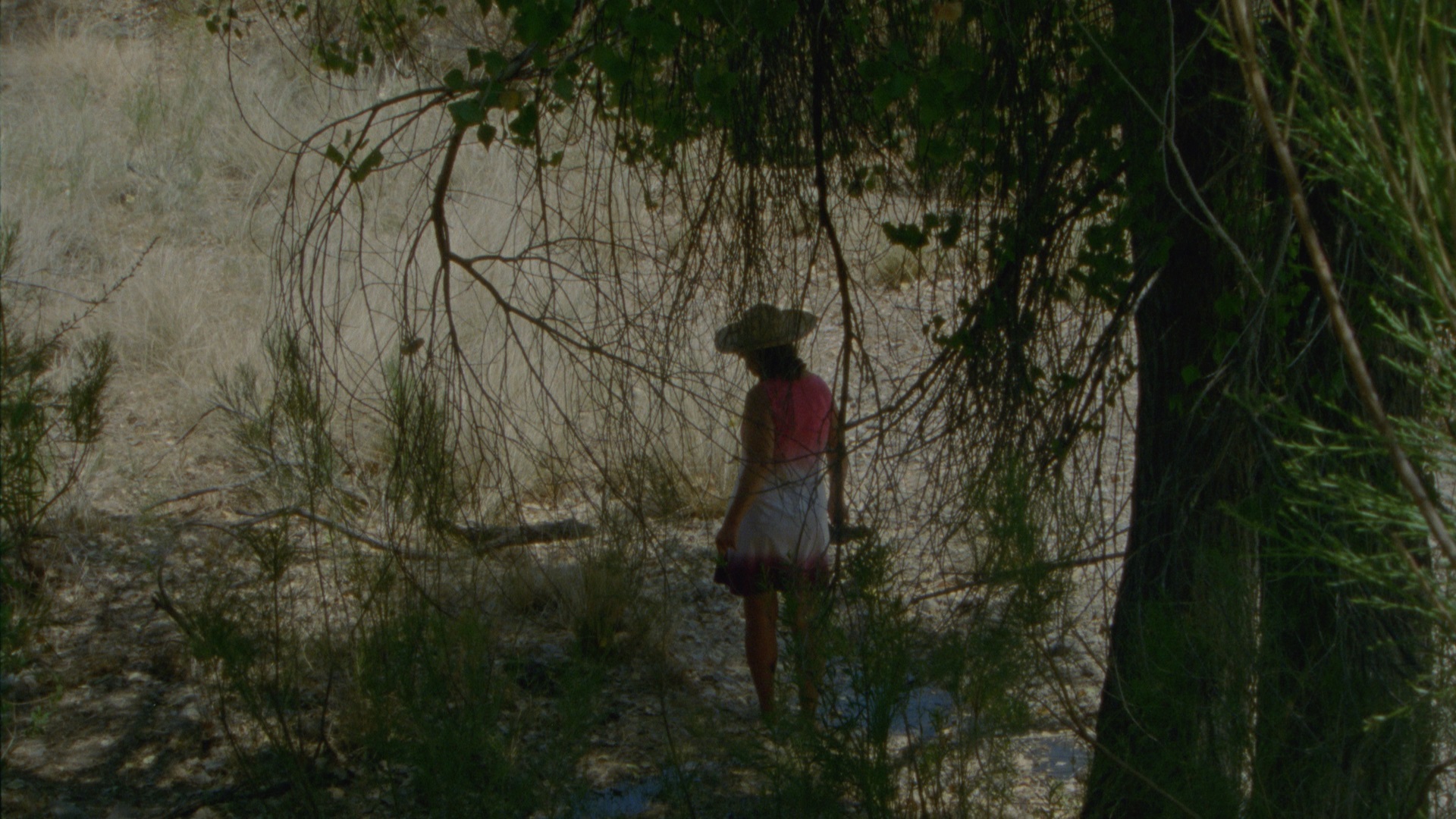El Mar La Mar
Directors/Joshua Bonnetta, J.P. Sniadecki
Watched on You Tube
Rating 2.5/5
A murky experiment in abstract impressionism, El Mar La Mar is determined to avoid engaging the viewer with any emotional or narrative hooks, distancing itself from accessibility with nearly every scene. While cinematically audacious–its old-school use of film grain provides textural interest and its wandering soundscape a welcome unpredictability–its overall design is aloof, even dull, despite the politically tense atmosphere of the subject matter.
Shot in the Sonoran Desert by co-directors Joshua Bonnetta and J.P. Sniadecki, the film is a pastiche of gnarly nature shots, remnants of human detritus (discarded clothing, plastic water jugs) and even a few humans, unidentified and unexplained, who appear as totems of the ongoing migrant border issues. We hear the voices of those who live or work in this treacherous area, describing encounters with lost asylum seekers, dead bodies and, in one odd instance, a ravine-dwelling monster. These incidents are recounted at length, with few details left out, as the camera stares at a non-descript mountain ridge or patch of sand.
As I watched, I experienced a sustained undercurrent of annoyance, at myself for rushing to judge the film, and at the filmmakers for hewing so relentlessly to their technique of detachment. In one locked-down shot, a naked woman–seen from behind–gradually submerges into a small pool of water tucked under some boulders. Eventually she disappears, and then we hear a smattering of voices echoing as if off the walls of an underground cavern. It’s mysterious and surreal, but I kept stepping out of the moment to ask if I’d missed some key connection to a larger idea or a previous scene. It’s a vignette without a vision, turbid and remote, lacking the criteria for critical evaluation.
The entire film consists of these kinds of scenes. I was surprised, given that Sniadecki’s admirable facility with image and sound, and his previous engagement with human beings in The Iron Ministry and Foreign Parts, has marked him for me as a director working rigorously on the border between fundamental lean team filmmaking and artistic self-expression. But in El Mar La Mar both the film’s title–the masculine and the feminine sea as metaphor for the desert terrain–and its execution, left me puzzled and frustrated.

